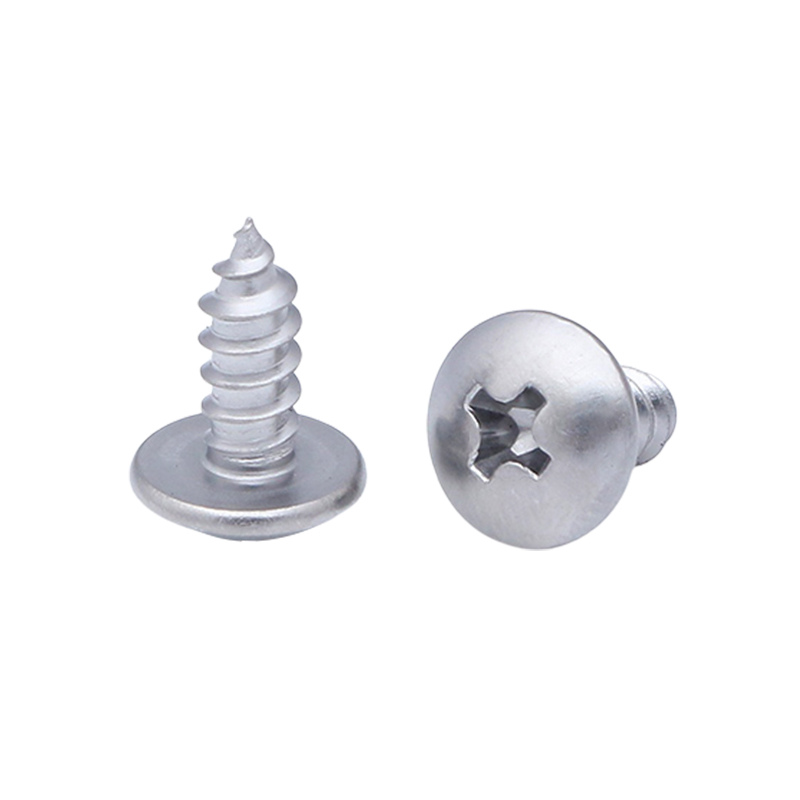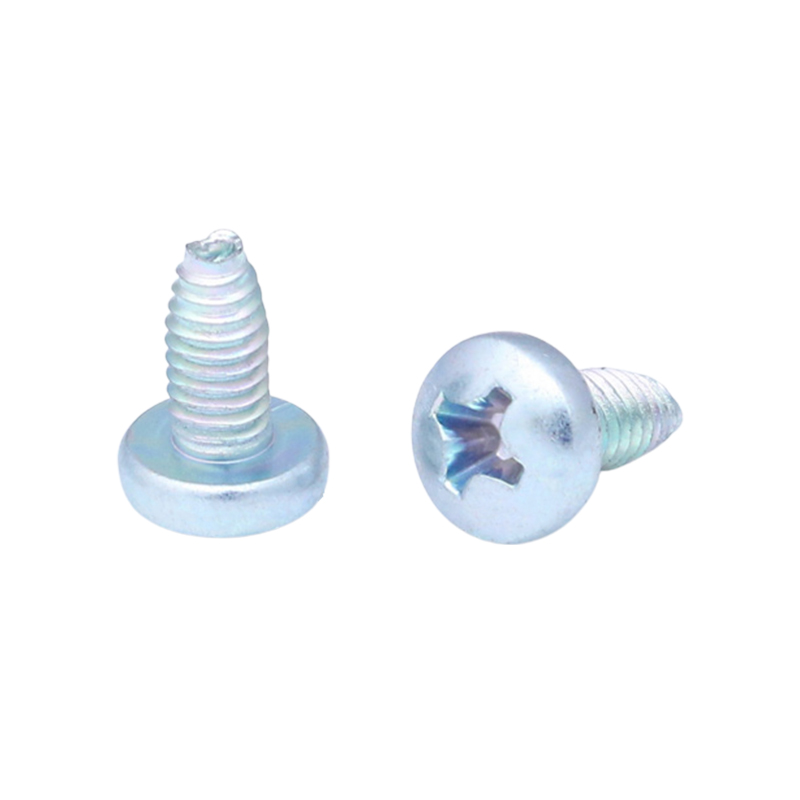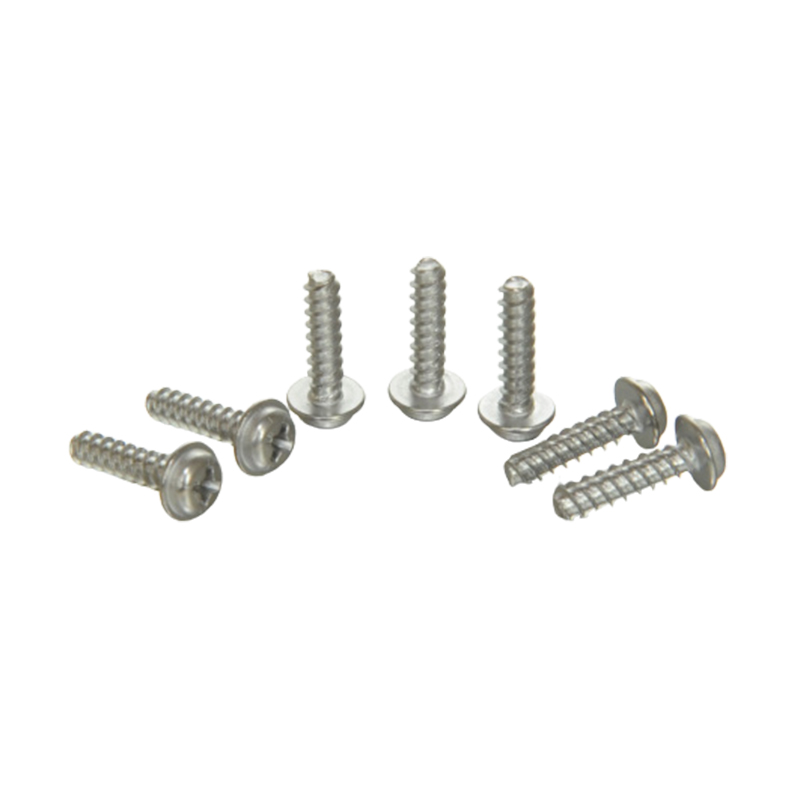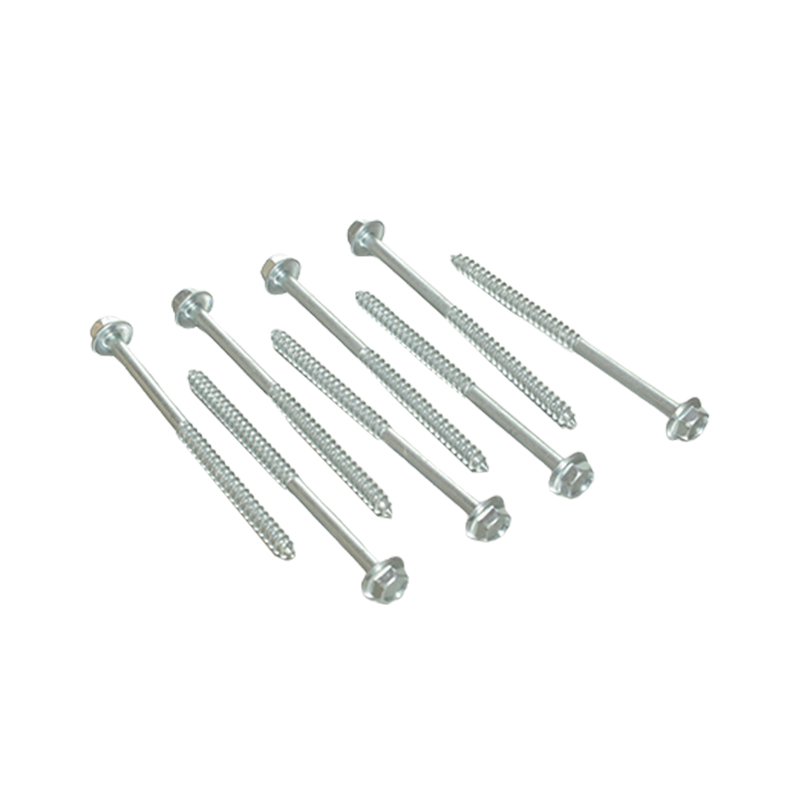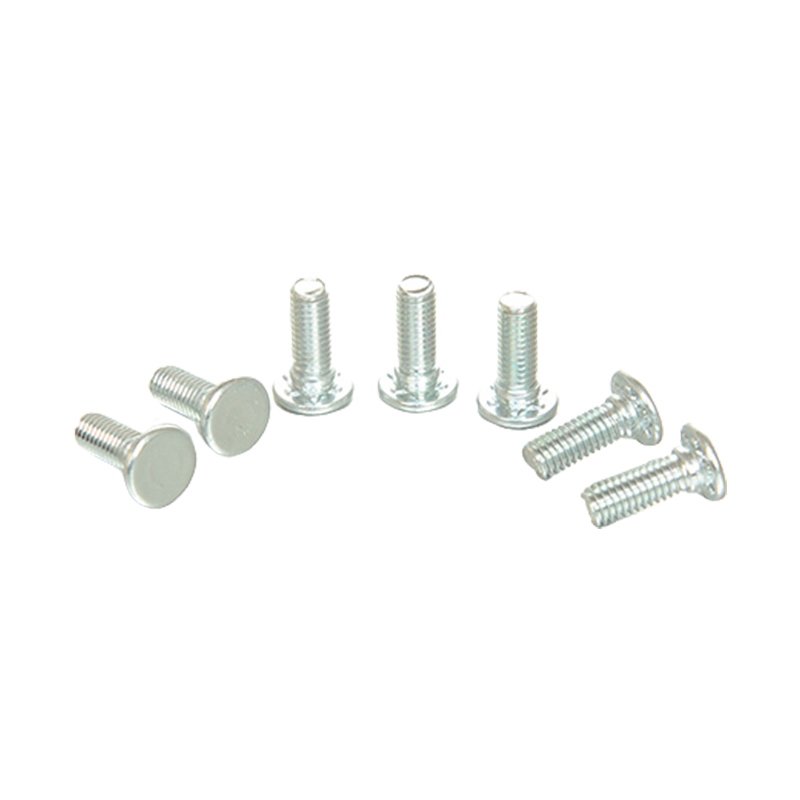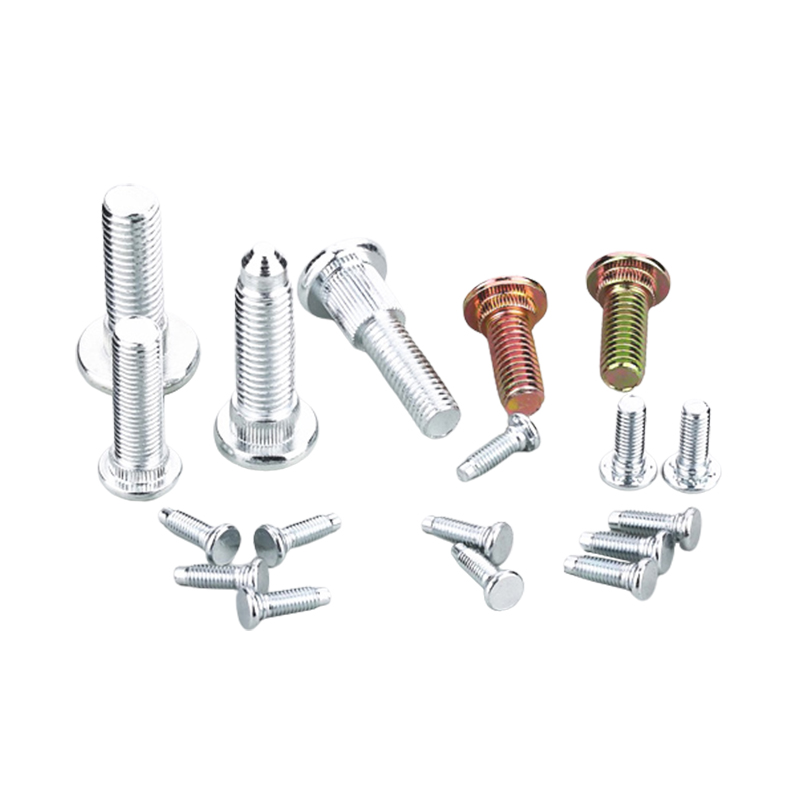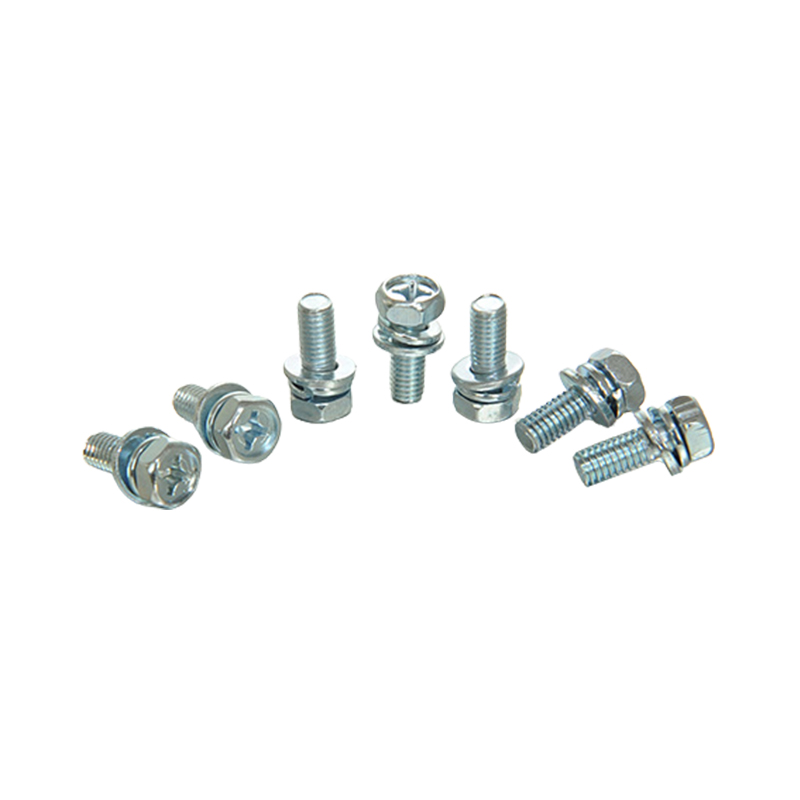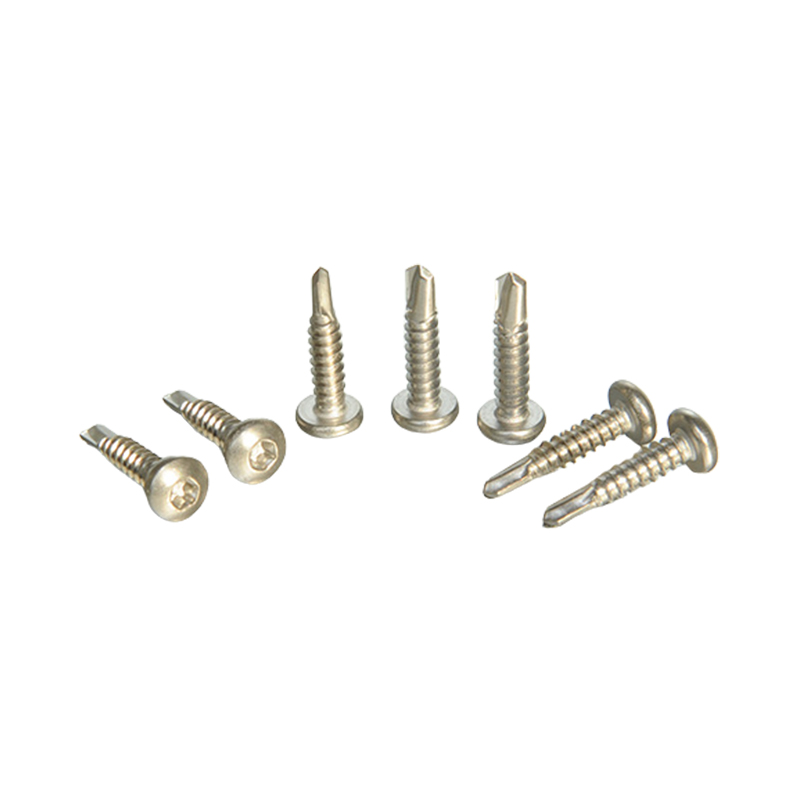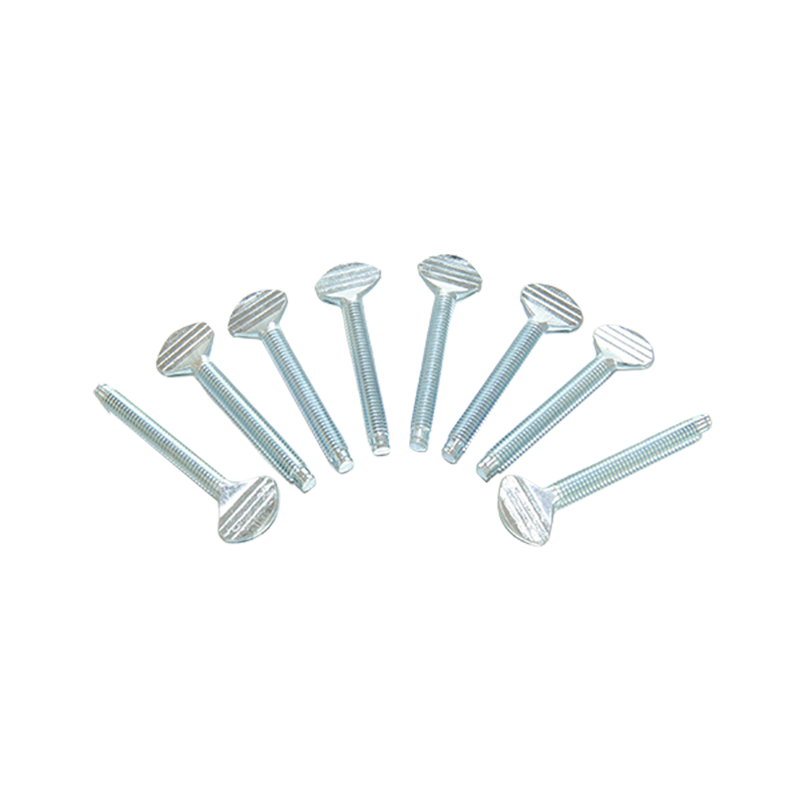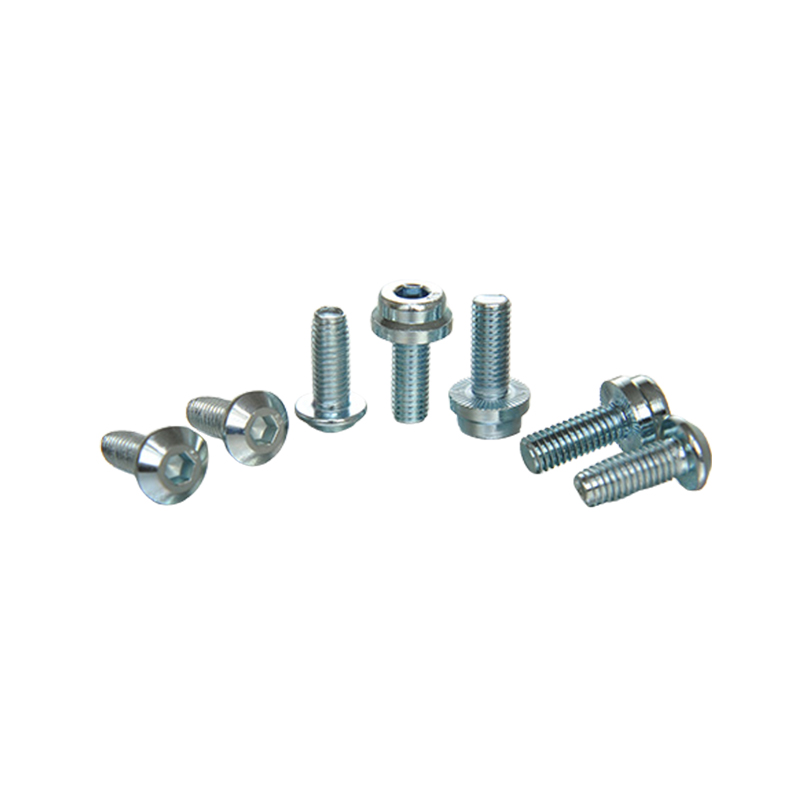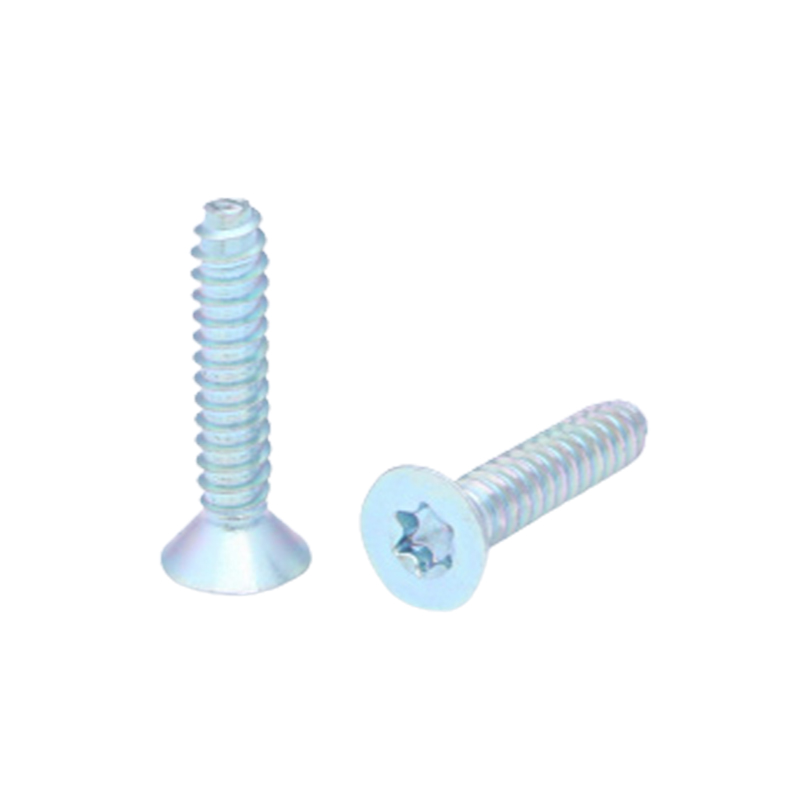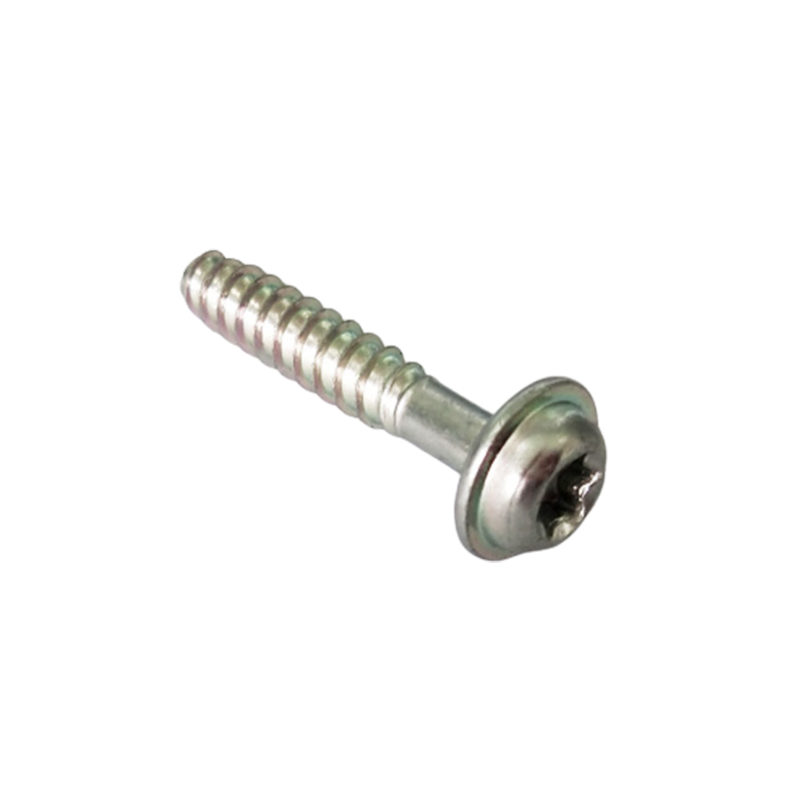Definition and function of combination screws
A combination screw is a fastener composed of multiple screws or bolts, washers, nuts and other accessories. It is designed to improve installation efficiency and reduce the trouble of using multiple independent parts during installation. Combination screws are widely used in industry, home assembly and mechanical equipment, and can provide fastening and connection functions.
Preparation for installing combination screws
Before starting to install combination screws, the following preparations need to be made:
Check the screws and related parts
Confirm that the type, size and specifications of the screws match the required ones. If the screws are too long or too short, they may not provide sufficient fastening force.
Confirm that all components (such as nuts, washers, gaskets, etc.) are complete, and check for damage or corrosion to ensure that they are in a usable state.
Prepare tools
Prepare appropriate tools such as screwdrivers, wrenches, torque wrenches, etc. according to the specifications of the screws. If it is a special type of combination screw, customized tools or automated equipment may also be required.
Clean the installation surface
Before starting the installation, check and clean the installation surface to ensure that there is no dirt, grease, rust and other substances, so as to avoid affecting the fastening effect of the screws.
Basic steps for installing combination screws
The installation steps of combination screws usually include the following main steps:
Align the screw holes
Make sure the holes of the mounting parts are aligned. Place the combination screw in the hole to be installed and make sure the screw is fully inserted into the hole. If the screw and the hole do not match, you need to process the hole or choose a suitable screw.
Install washers and nuts
If the combination screw includes a washer, it should be placed between the screw and the mounting surface. The washer helps to distribute pressure, reduce friction, and prevent the screw from loosening. Make sure the washer is placed flat and the nut is positioned correctly.
Tighten the screws
Tighten the screws with appropriate tools (such as a screwdriver or wrench). The screws should not be tightened too tight or too loose. Overtightening will cause material damage, and overloosening will not provide sufficient tightening force. Using a torque wrench can ensure that the tightening force of the screws meets the requirements.
Inspection and adjustment
After the installation is completed, check to ensure that all screws and accessories are firmly fixed. If the installation object is a dynamic component, it is recommended to conduct a trial run to check whether the combination screws are stable and whether there is any looseness.
Details to pay attention to during installation
When installing combination screws, there are some details that need special attention to ensure the quality and safety of installation:
Avoid overtightening
When using combination screws, avoid overtightening, as overtightening may cause thread damage, material deformation, and even affect the service life. Reasonable tightening force should be adjusted according to screw specifications and material requirements.
Check the correct use of accessories
For combination screws with multiple accessories, make sure that each accessory is installed correctly. For example, washers and nuts need to be placed correctly to ensure even load distribution. If the accessories are not positioned correctly, uneven pressure may be caused, affecting the tightening effect.
Avoid screw slippage
During the installation process, ensure that the screws and accessories are always stable to avoid the screws from deviating from their original position due to improper operation. Support tools or clamps can be used to help maintain the stability of the screws.
Choose the right tools
Using the right tools is the key to ensuring that the combination screws are tightened in place. The selection of tools such as screwdrivers and wrenches should be based on the type and size of the screws. Avoid using mismatched tools to avoid damage to screws or tools.
Avoid thread damage
During the installation process, be careful to avoid damage to the threads. If the threads are damaged, the screws may become loose or not be fully tightened. If the threads are damaged, replace the screws or repair the damaged threads.
Post-installation inspection and maintenance
After the installation is completed, some inspections and subsequent maintenance are required to ensure the long-term and stable use of the combination screws.
Check for looseness
After the initial installation, the screws can be manually checked for looseness. You can also reconfirm the tightening force by using a torque wrench. For equipment that is often subjected to external forces, check the combination screws regularly for looseness.
Regular inspection
During long-term use, check the combination screws regularly for corrosion, oxidation or damage. If problems are found, replace the screws or accessories in time.
Keep clean
Regularly clean the screws and surrounding surfaces to prevent the accumulation of dust, grease and other substances that affect the normal use of the screws. For applications that require rust prevention, use anti-rust coating or perform anti-rust treatment regularly.


